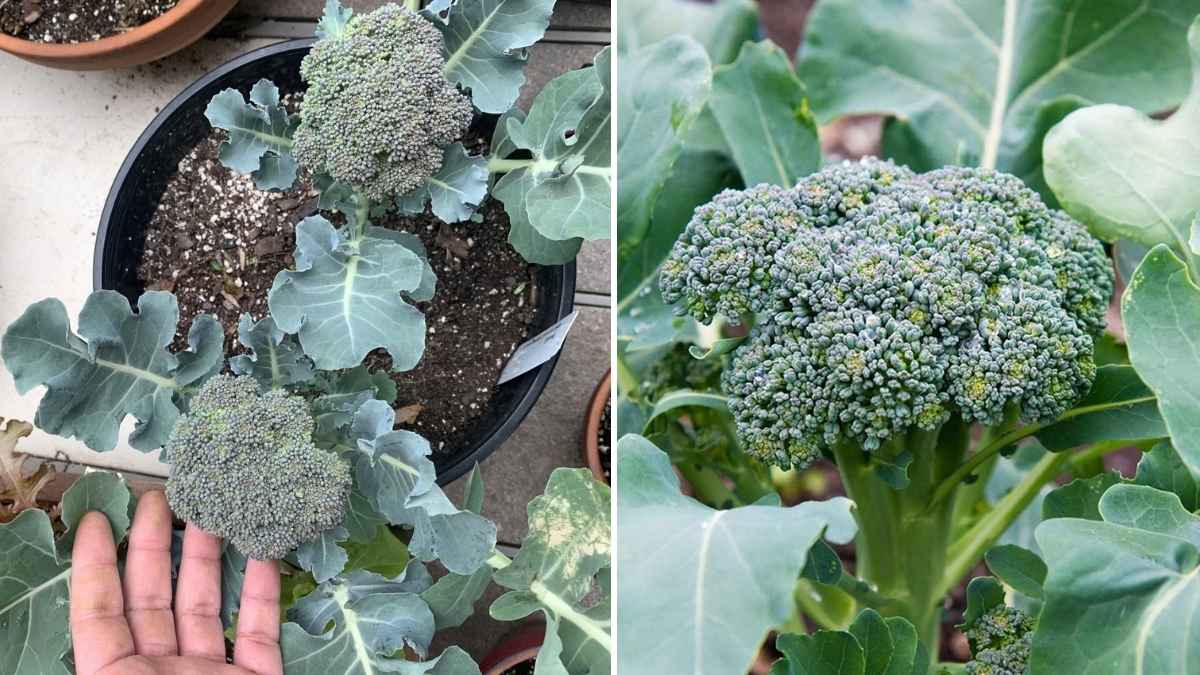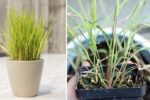Growing your own vegetables at home has become increasingly popular, especially among those living in cities or with limited outdoor space. The good news is that even if you don’t have a garden, you can still grow healthy, nutrient-rich vegetables like broccoli right in containers. Broccoli, a cool-season crop known for its crunchy texture and high nutritional value, can thrive perfectly in pots with proper care. Container gardening allows you to control soil quality, manage pests more easily, and make the most of your small balcony, patio, or rooftop. Let’s explore in detail how to successfully grow broccoli in limited space using containers.
Understanding Broccoli’s Growing Needs
Before you begin, it’s important to understand what broccoli needs to grow successfully. Broccoli prefers cool weather and does best when daytime temperatures range between 60 and 70°F. It needs full sunlight, so make sure your container is placed where it can receive at least six hours of direct light every day. The plant also requires nutrient-rich soil and consistent moisture to develop firm heads. If the plant experiences too much heat or water stress, it may bolt and produce flowers instead of heads.
Choosing the Right Variety
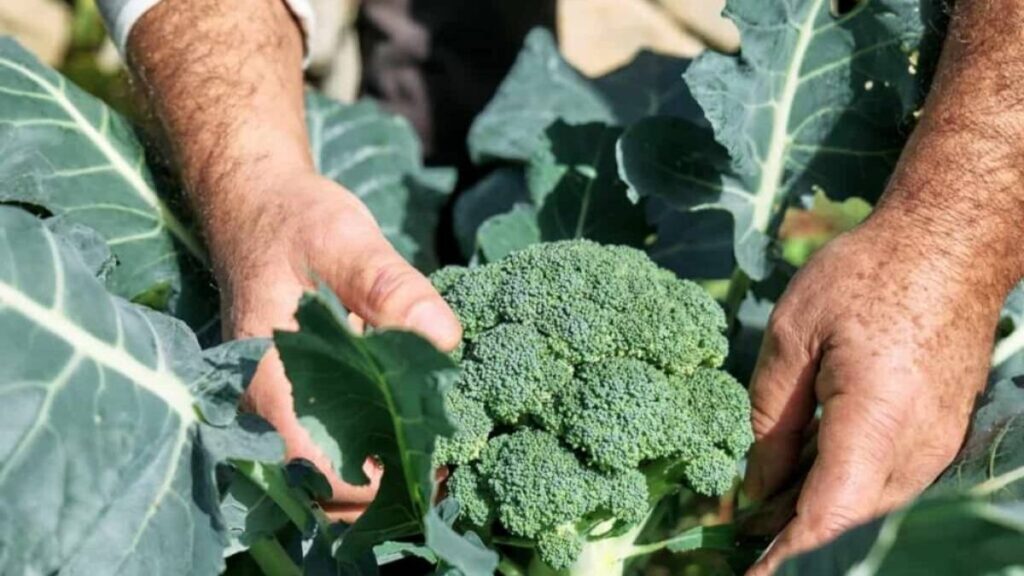
Not all broccoli types grow well in containers, so selecting the right variety is essential. Compact or dwarf varieties such as De Cicco, Green Magic, or Calabrese are excellent options for limited spaces. These types produce smaller plants that adapt easily to container life without compromising on yield or taste. Some varieties even produce side shoots after the main head is harvested, giving you multiple harvests from one plant.
Selecting the Best Container
Broccoli plants have deep root systems, so choosing an appropriately sized container is crucial. The container should be large enough to give the roots room to spread and strong enough to support a full-grown plant.
When choosing containers, keep the following in mind:
- Depth: At least 12–18 inches deep to accommodate root growth.
- Width: Minimum of 12–16 inches wide per plant.
- Material: Plastic, ceramic, or wooden containers all work well. Plastic is lightweight and easier to move, while wood provides natural insulation.
- Drainage: Ensure the pot has at least 2–3 holes at the bottom for proper water drainage.
- Color: Use light-colored containers in hot climates to prevent soil from overheating.
You can also use recycled buckets or tubs as long as they meet these size and drainage requirements.
Preparing the Soil Mix
Healthy soil is the foundation of any successful container garden. Use a high-quality potting mix instead of regular garden soil, as it’s lighter and drains better. A good mix should contain compost or organic matter to provide nutrients, as well as perlite or vermiculite to improve aeration. You can make your own mix by combining two parts potting soil, one part compost, and one part perlite. Broccoli also prefers a slightly acidic to neutral pH, ideally between 6.0 and 7.0.
Planting Broccoli Seeds or Seedlings
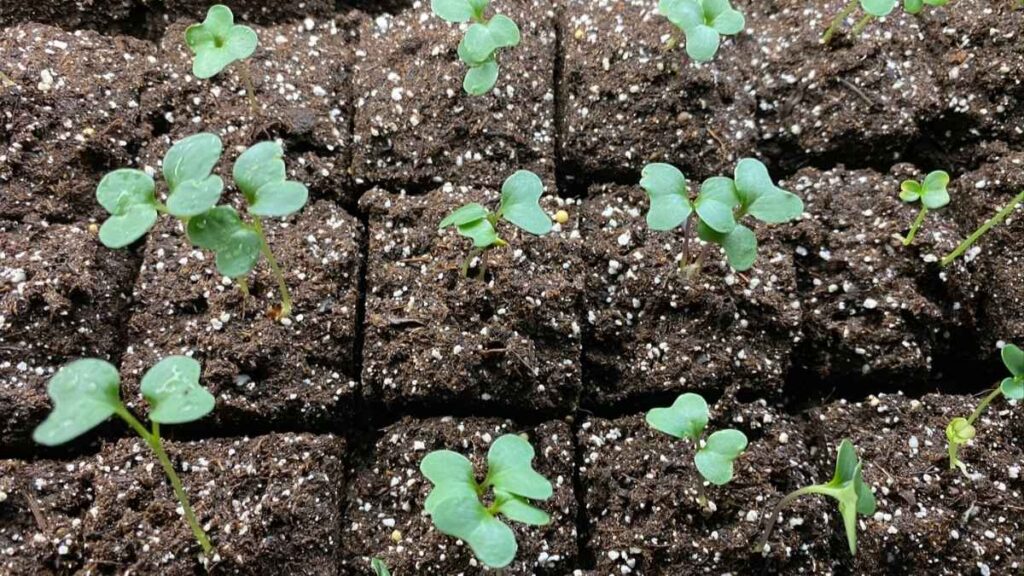
You can start broccoli from seeds or buy young seedlings from a nursery. If starting from seeds, sow them about half an inch deep in your container and keep the soil moist until they germinate, which usually takes 5 to 10 days. Once the seedlings are around four inches tall, thin them out so that each plant has enough space to grow—one plant per container is ideal unless your pot is extra large. If using seedlings, plant them at the same depth they were growing in their nursery pots and water them immediately after planting.
Providing Ideal Growing Conditions
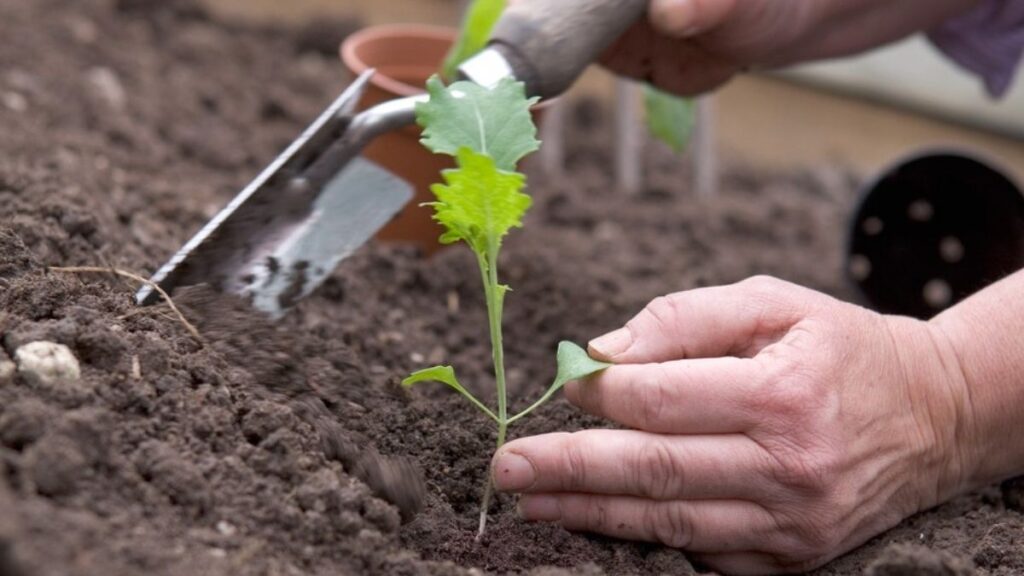
Broccoli grown in containers needs consistent attention, especially when it comes to watering, sunlight, and temperature management.
Watering:
- Keep the soil evenly moist at all times.
- Water deeply until water drains out the bottom of the pot.
- Avoid letting the soil dry out completely, but don’t let it stay soggy.
- Water early in the morning to reduce evaporation.
Sunlight:
- Place containers where they receive full sunlight for at least 6 hours daily.
- If sunlight is limited, supplement with LED grow lights.
Mulching:
- Add a thin layer of straw, dried leaves, or compost on top of the soil to retain moisture and regulate temperature.
Temperature management:
- If it gets too hot, move containers to a shaded area or use a garden shade cloth during the afternoon.
These small steps will create a stable environment for your broccoli plants to thrive.
Feeding and Fertilizing
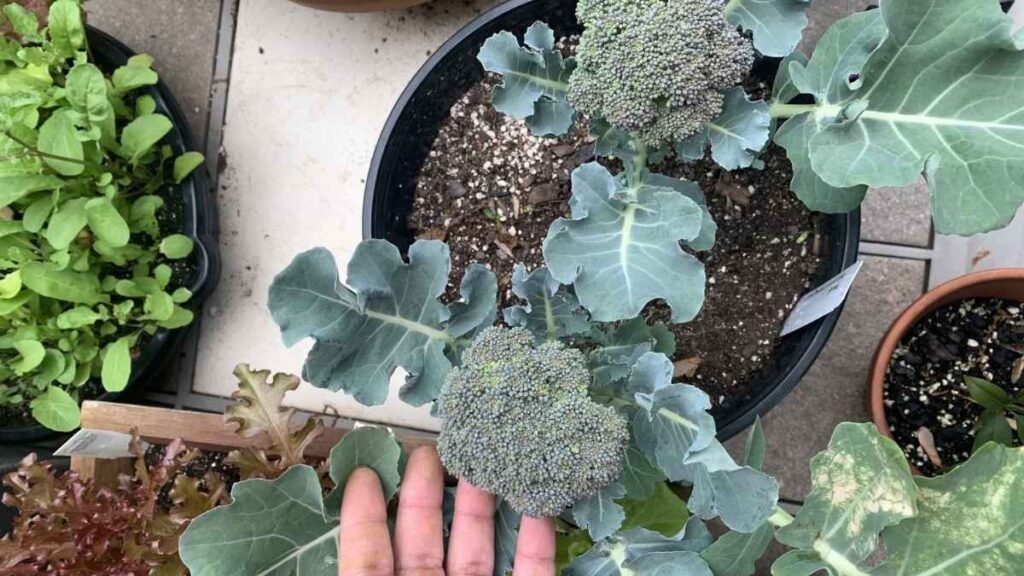
Broccoli is a heavy feeder and benefits from regular nutrition. Use a balanced, slow-release fertilizer at planting time, or feed with a liquid fertilizer every two to three weeks. Look for fertilizers high in nitrogen to encourage lush green growth, but also ensure they contain essential micronutrients. You can use organic options such as compost tea or fish emulsion if you prefer a natural approach.
Protecting Against Pests and Diseases
Even in containers, broccoli can attract pests like aphids, cabbage worms, and flea beetles. Check your plants regularly, especially under the leaves, and remove any pests by hand or spray with a mild solution of soapy water. Floating row covers can help keep insects away while allowing air and sunlight to reach the plants. To prevent fungal diseases, avoid watering the leaves directly and ensure proper air circulation around your containers.
Harvesting Broccoli
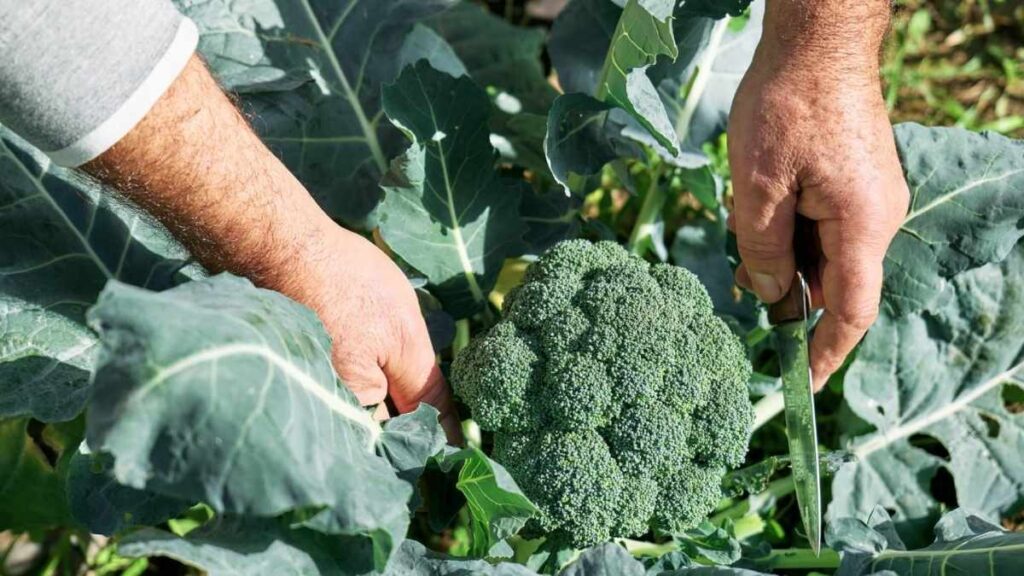
Broccoli is ready to harvest when the main head is firm and compact, usually around 70 to 90 days after planting. The buds should still be tightly closed, as open yellow flowers indicate over-maturity. Use a sharp knife to cut the main head, leaving about six inches of stem on the plant. After the main harvest, keep watering and caring for the plant, as smaller side shoots often grow around the base, providing additional harvests in the following weeks.
Tips for Success
To get the best results, always monitor the weather and adjust accordingly. Broccoli prefers cooler conditions, so avoid planting during peak summer months. If you live in a warm climate, choose a shaded area or grow during the fall and early spring. Rotate your container crops each season to prevent nutrient depletion and disease buildup. Lastly, be patient broccoli takes time to grow, but the reward of fresh, organic produce is worth every effort.
Conclusion
Growing broccoli in containers is not only possible but also highly rewarding for urban gardeners or anyone with limited space. With the right container, soil mix, and consistent care, you can enjoy crisp, homegrown broccoli without needing a traditional garden bed. This method allows flexibility, control over soil quality, and protection from many ground-based pests. Whether on your balcony, rooftop, or patio, container gardening lets you bring fresh vegetables to your table while making the most of your available space.
